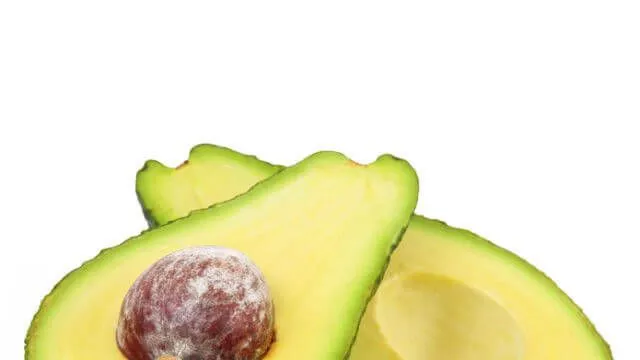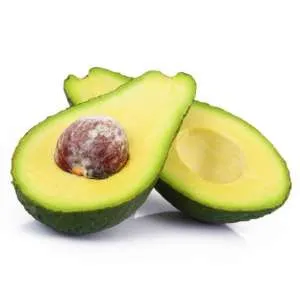
- Share on Facebook212
- Share on Pinterest
- Share on Twitter
Avocados are like a little miracle. They contain all the best things in a delicious little package. They are loaded with healthy fat and power-packed with nutrients. They provide many health benefits, and you can even grow them at your own home.
Read on to learn how and why you should start your avocado tree today.
Avocados are a great source of omega-3 fatty acids, which are very healthy for your heart. They have more protein than most other fruits, while being thankfully low in sugars. They provide a good serving of fiber, vitamin B5, and vitamin K.
As if that wasn’t enough, avocados also contain high amounts of magnesium, iron, potassium, and phosphorus. The largest concentration of antioxidants (namely lycopene and beta-carotene) are in the dark green flesh located next to the peel.
Grow your own goodness
If you’re wondering how to get this goodness for yourself, why not grow your own? Just keep in mind that it can take between 7 and 15 years for your tree to produce fruit. Also, fruit from trees that are grown from seeds can have different characteristics than the parent fruit.
Even if you don’t want to worry about a fruit-producing tree, avocados can still be grown as a nice houseplant. It all starts with the seed.
- Take your avocado seed and be sure to wash it clean of debris. Use a handful of toothpicks to suspend the seed across the top of a water-filled glass container. The largest end of the seed should be hanging down and covered by water up to an inch above the seed bottom.
- Place the seed away from direct sunlight, making sure to keep the water level maintained over time. Within six weeks time, you should see a stem begin to sprout at the top and roots dangling from the bottom.
- When the stem is approximately seven to eight inches long, it should be trimmed back down to about three and a half inches in length.
- Once the roots have gotten stronger and the stem has re-grown to around eight inches, you should transfer the plant into soil. The pot should be between 10 and 12 inches in diameter. A humus soil is best, and be sure to plant only the bottom half of the seed in soil.
- Be sure to keep a close eye on the water saturation of the soil. It should only be watered lightly, with a more saturated soak once in a while. The soil should be moist, not sopping wet. Be on the watch for yellowed leaves, which indicate overwatering.
- After the stem reaches a foot in height, it should be trimmed back to half that size so that new growth is encouraged.
Transitioning from houseplant to tree
 Avocado trees can be a great addition to your outdoor landscaping. The ideal time to transplant a new tree is during the spring months between March and June. That way, you can avoid sun damage to young trees. As avocados have a shallow root system, they need mulched material and good aeration to thrive. They should be planted in an area with full sun that is sheltered from wind.
Avocado trees can be a great addition to your outdoor landscaping. The ideal time to transplant a new tree is during the spring months between March and June. That way, you can avoid sun damage to young trees. As avocados have a shallow root system, they need mulched material and good aeration to thrive. They should be planted in an area with full sun that is sheltered from wind.
Be sure the hole is a little deeper and wider than the root ball. Fill in the hole with soil rather than a potting mix. Be sure to provide water to the roots, but give the surface time to dry between watering.
Pretty simple, right? Let us know how your avocado-planting adventure goes!
-The Alternative Daily
Sources:
http://www.californiaavocado.com/grow-your-own-avocado-tree
http://www.mindbodygreen.com/0-9744/11-fun-facts-about-avocados.html
http://www.livescience.com/45209-avocado-nutrition-facts.html
- Share on Facebook212
- Share on Pinterest
- Share on Twitter

